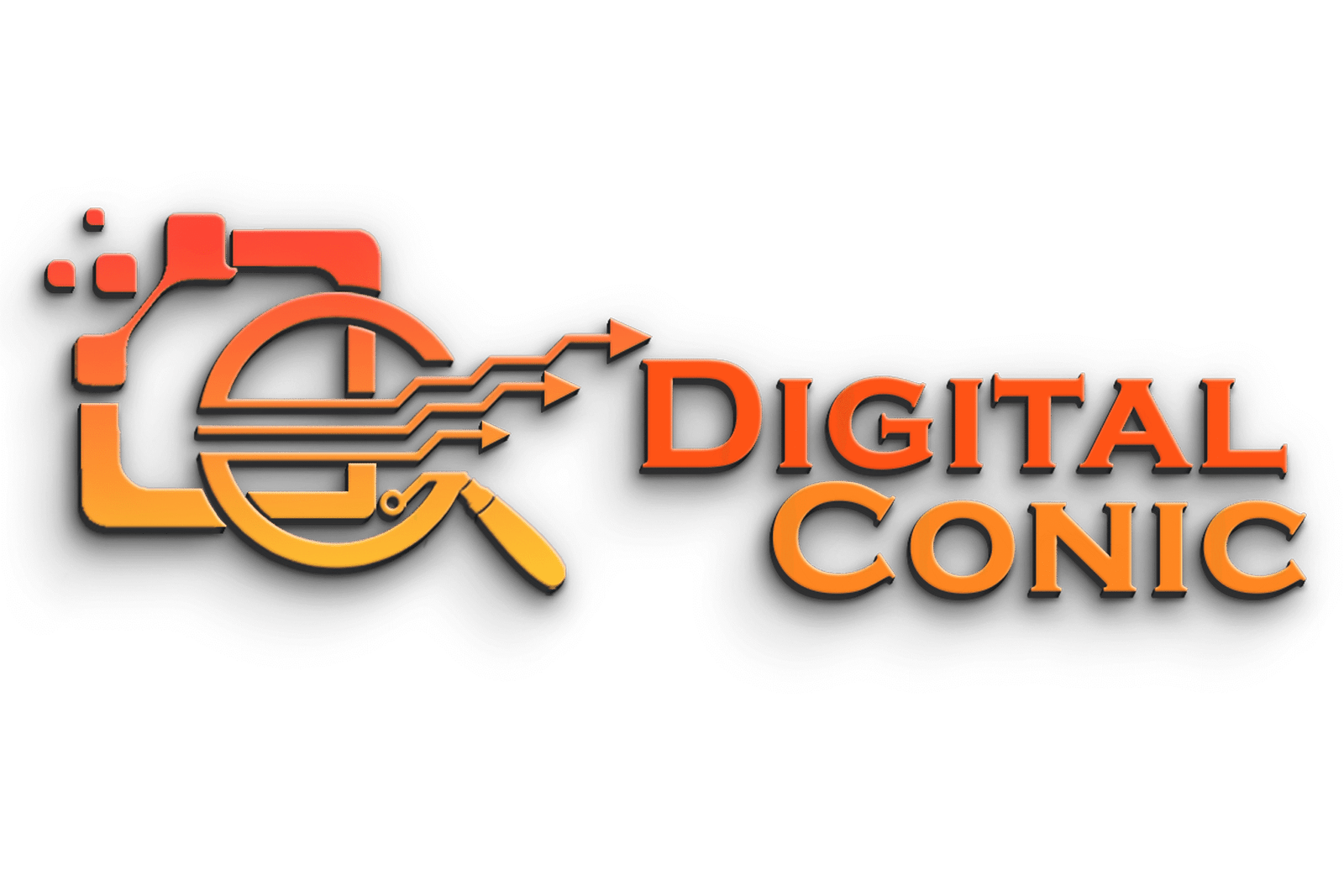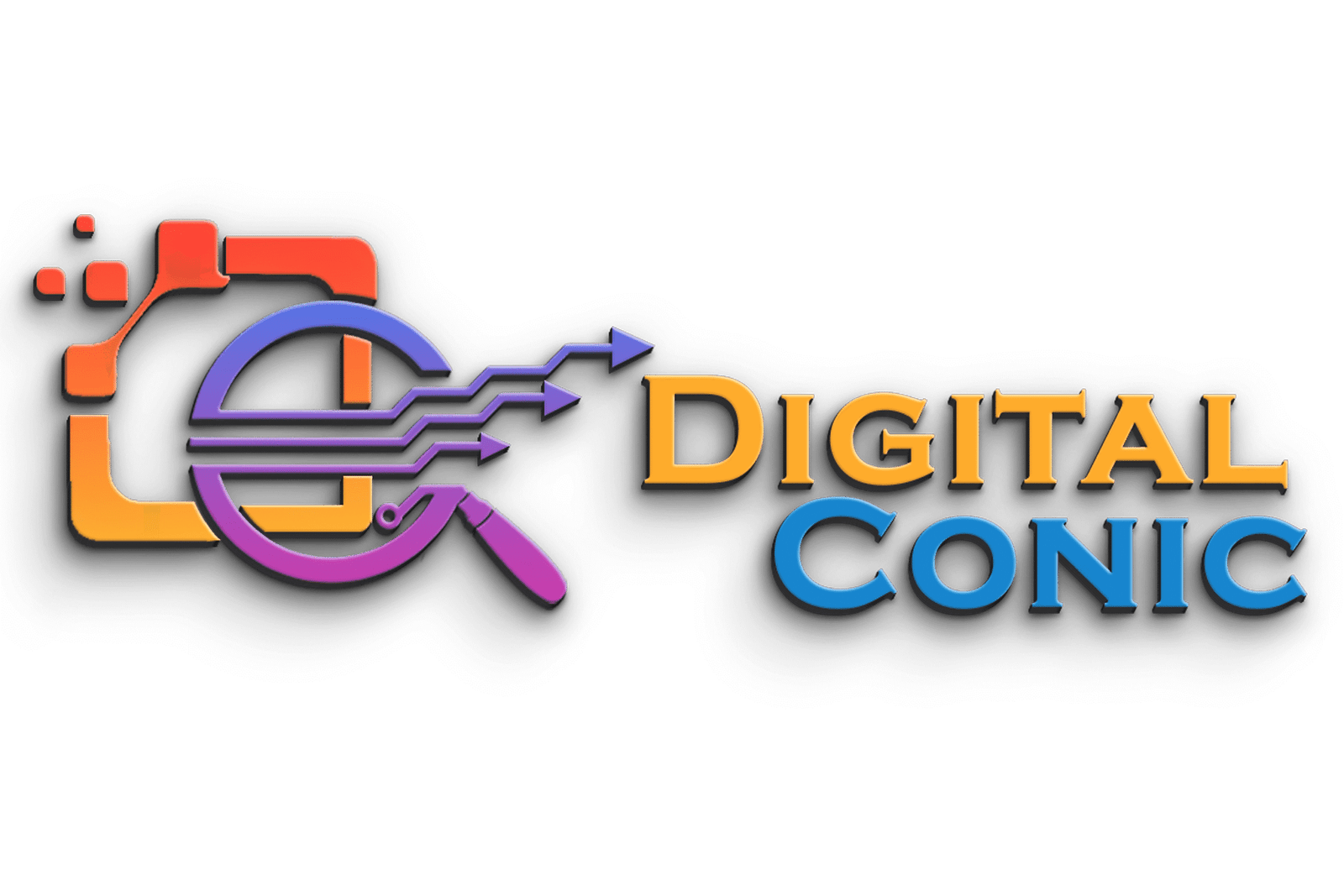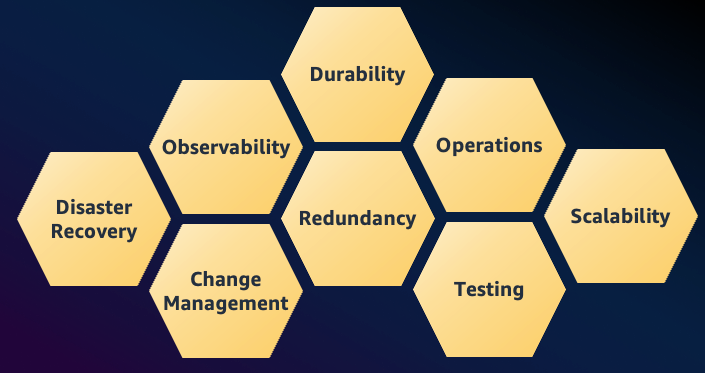Introduction
Have you ever wondered why some people or organizations bounce back stronger after adversity while others crumble under pressure? The answer lies in resilience. Resilience isn’t just about survival—it’s about thriving despite challenges. In today’s unpredictable world, resilience is more critical than ever, whether in business, community, or personal life.
What is the Resilience Lifecycle Framework?
What Are the 5 Key Stages of Resilience Lifecycle Framework: The Resilience Lifecycle Framework provides a structured approach to developing and maintaining resilience. It outlines the stages that individuals or organizations go through to anticipate, respond to, recover from, and adapt to disruptions. Think of it as a roadmap that helps you prepare for the unexpected while continuously improving your ability to cope.
The 5 Key Stages of the Resilience Lifecycle Framework
The five stages of the resilience lifecycle are:
- Anticipation
- Preparation
- Response
- Recovery
- Adaptation
Each stage plays a vital role in ensuring that when disruptions occur, you’re not just reacting—you’re ready.
Stage 1: Anticipation
Definition and Purpose
Anticipation is the proactive stage of resilience. It’s about foreseeing potential threats, risks, and opportunities before they occur. By anticipating change, you’re not caught off guard.
Identifying Potential Threats
This could include anything from natural disasters to cyberattacks or market shifts. Conducting risk assessments, analyzing data, and staying updated with trends are key ways to anticipate potential issues.
Tools and Strategies
- Scenario planning
- Predictive analytics
- Early warning systems
- Regular risk reviews
Anticipation is like checking the weather before heading out—you might not control the storm, but you can bring an umbrella.
Stage 2: Preparation
Developing a Resilience Plan
Preparation transforms insight into action. Once risks are identified, it’s time to build a structured plan. This includes defining responsibilities, creating emergency protocols, and establishing communication systems.
Building Capacity and Resources
Ensure you have the tools, finances, and skilled people needed to manage disruptions. Preparedness is not just about having a plan—it’s about having the right resources ready.
Role of Training and Awareness
Conduct regular training sessions and simulations to keep everyone informed and ready. A well-prepared team reacts calmly and effectively under stress.
Stage 3: Response
Acting Under Pressure
When a crisis hits, the response stage kicks in. It’s the test of how effective your preparation really was. Quick decision-making and clear leadership are critical here.
Crisis Management and Leadership
Strong leadership guides people through chaos. Having a crisis management team ensures that decisions are made efficiently and with confidence.
Communication During Disruption
Transparent, timely communication minimizes confusion and builds trust. Whether through emails, public updates, or team meetings, keeping everyone informed is vital.
Stage 4: Recovery
Steps to Restore Normal Operations
Once the immediate threat is under control, focus shifts to recovery. This involves restoring operations, assessing damage, and resuming normal activities as quickly as possible.
Learning from Setbacks
Recovery isn’t just about fixing problems—it’s about learning from them. Analyze what went wrong, what went right, and how you can improve for next time.
Emotional and Mental Recovery
Recovery also applies to people. Encourage mental health support and team debriefings to ensure emotional resilience after a stressful event.
Stage 5: Adaptation
Continuous Improvement
Adaptation is the final—and ongoing—stage of resilience. It’s about evolving based on lessons learned to become even stronger for the future.
Implementing Lessons Learned
Update your resilience plans, improve systems, and innovate new ways to handle change. Adaptation turns experience into power.
Building Long-Term Resilience
Resilience is not a one-time achievement—it’s a culture. By fostering flexibility, creativity, and openness to change, individuals and organizations can thrive amid uncertainty.
How the Stages Work Together
The resilience lifecycle is not linear—it’s circular. After adaptation, you return to anticipation with new insights. Each stage feeds into the next, creating a continuous improvement loop that builds stronger resilience over time.
Resilience in Organizations
What Are the 5 Key Stages of Resilience Lifecycle Framework: Organizations face countless disruptions—economic shifts, supply chain breakdowns, cybersecurity threats, and more. The resilience lifecycle helps them remain competitive and stable, no matter what happens.
Example: During the COVID-19 pandemic, businesses that had solid digital infrastructure and flexible operations recovered faster than those that didn’t.
Resilience in Individuals
For individuals, resilience means being emotionally and mentally strong in the face of challenges. Developing self-awareness, maintaining a growth mindset, and having supportive relationships all enhance personal resilience.
Common Mistakes in Building Resilience
- Ignoring small warning signs until it’s too late
- Failing to communicate plans clearly
- Neglecting post-crisis evaluation
- Underestimating emotional well-being
Avoiding these mistakes ensures that resilience strategies remain effective.
Benefits of a Strong Resilience Lifecycle
- Faster recovery from disruptions
- Enhanced adaptability and innovation
- Improved leadership confidence
- Stronger relationships and trust within teams
- Long-term stability and success
A robust resilience lifecycle doesn’t just protect you—it empowers you.
Practical Tips for Implementing the Framework
- Start with a risk audit.
- Develop a clear resilience strategy.
- Conduct regular drills and simulations.
- Review and update your plans annually.
- Foster a culture of learning and flexibility.
Small, consistent actions create lasting strength.
Conclusion
What Are the 5 Key Stages of Resilience Lifecycle Framework: Resilience is more than just bouncing back—it’s bouncing forward. By understanding and applying the five stages of the Resilience Lifecycle Framework, you can prepare for the unexpected, recover stronger, and adapt for the future. Whether you’re an individual or an organization, resilience is your greatest asset in an ever-changing world.
FAQs
1. What is the main goal of the resilience lifecycle framework?
To help individuals and organizations systematically prepare for, respond to, and recover from disruptions.
2. Which stage of the resilience lifecycle is most important?
All stages are interconnected, but preparation often determines how effective the response and recovery will be.
3. How can I build personal resilience?
Practice mindfulness, maintain strong social connections, and focus on solutions rather than problems.
4. How often should a resilience plan be updated?
At least once a year—or whenever major changes or new risks emerge.
5. Is resilience a skill or a trait?
Resilience is both—it’s partly natural but can be strengthened through experience, learning, and practice.





